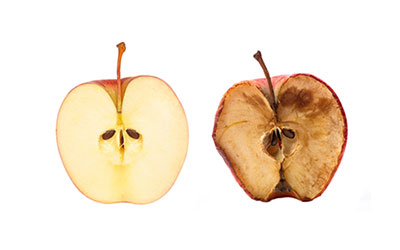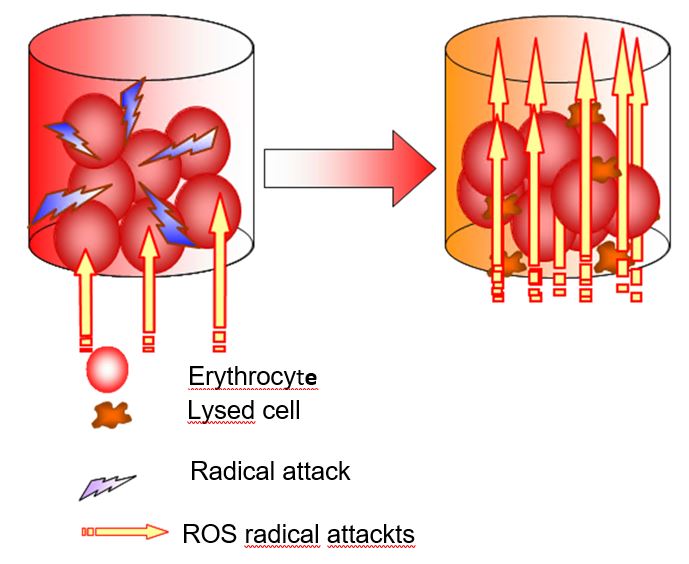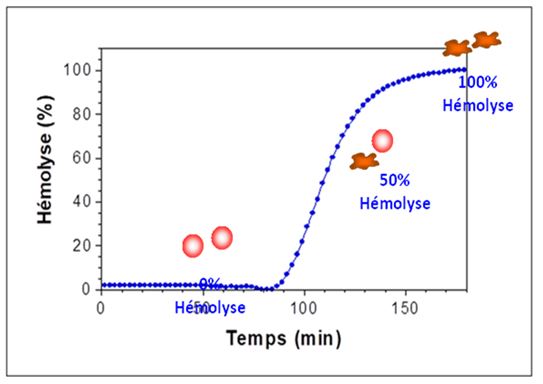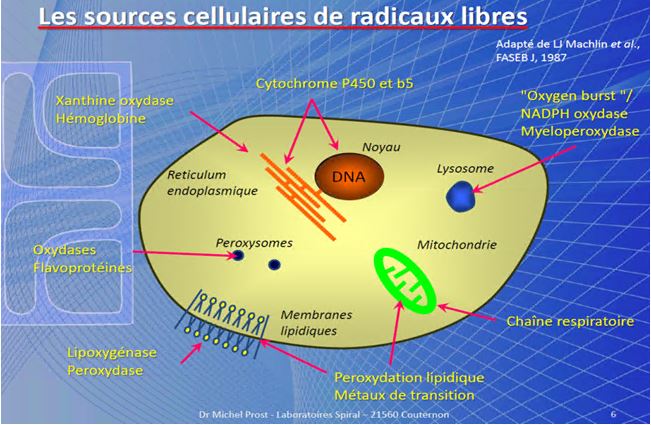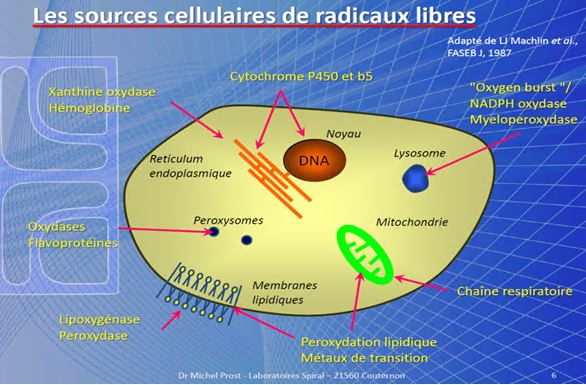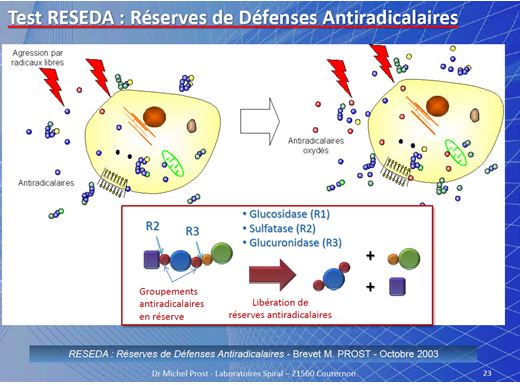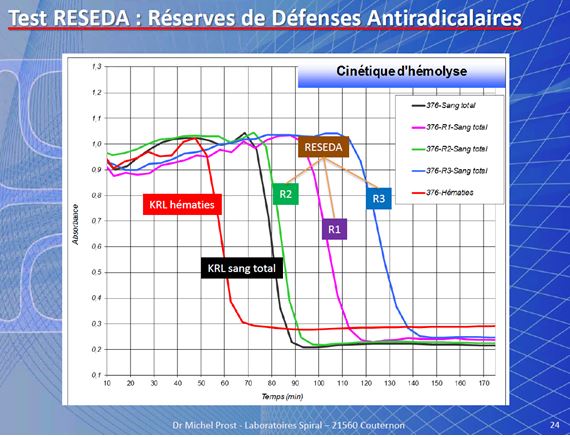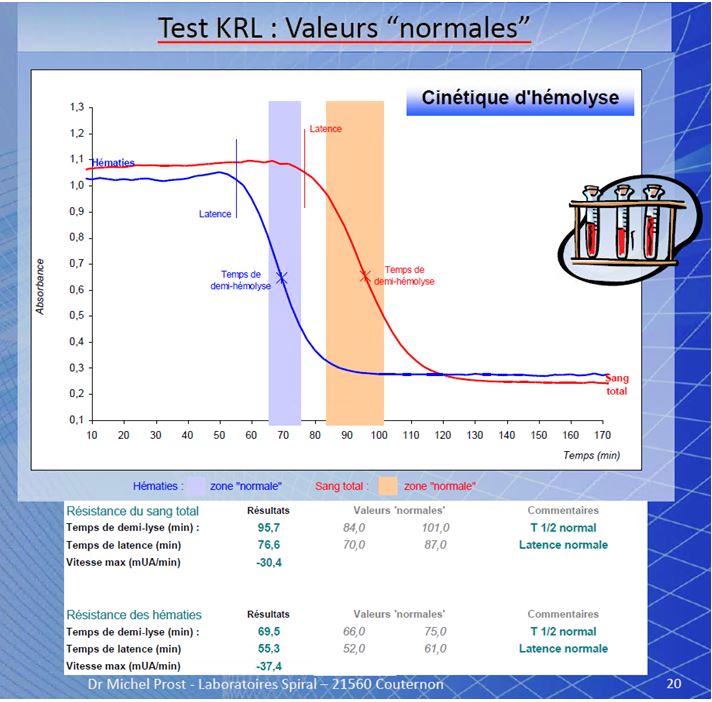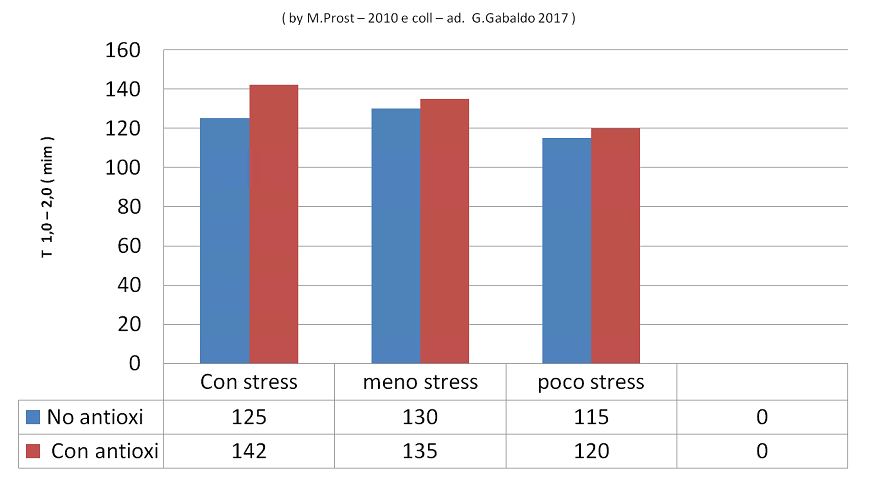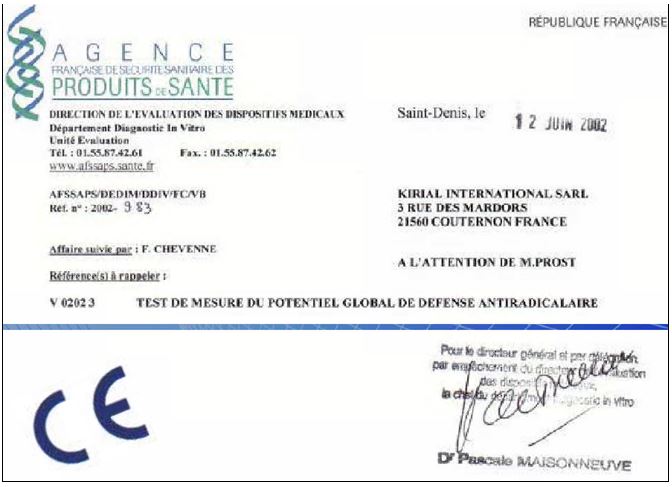Evaluation systems for the antioxidant capacity of a food
There are practically two systems for evaluating the potential ability to act as an antioxidant for a given food, or to interfere with the metabolic and immune systems of animals:
- The equivalent antioxidant capacity TEAC (in Trolox) or the equivalent antioxidant capacity of Trolox (TEAC) which measures the antioxidant capacity of a particular substance, compared to the standard, or Trolox (6-hydroxy-2,5,7,8- tetramethylchroman-2-carboxylic acid). It is a water-soluble analogue of Vitamin E. The equivalent antioxidant capacity of Trolox (TEAC) is a Trolox-based antioxidant resistance measurement, measured in units called Trolox micromol ITE, e.g. micromol / 100 g (in vitro examination). Due to the difficulty of measuring the individual antioxidant components of a complex mixture (eg: citrus fruits, olives, blueberries, tomatoes, green tea, etc …), the equivalence of Trolox is , today, used as a reference for the antioxidant capacity of this mixture. The equivalence of Trolox is often measured using the antioxidant capacity of foods (foods rich in polyphenols including those for zootechnical use) as in the ability to reduce plasma iron (FRAP). This test is performed in vitro and only measures the potential antioxidant capacity of the food as a standard value, without verifying its activity at the metabolic level. This method expresses a scale of values called ORAC (Oxigen Radicals Absorbance Capacity).
- KRL Test (by M. Prost, Kirial – Spirial – Patent M. PROST / SPIRAL – October 2003) KRL test instead provides instead a measure of the status of a subject’s anti-radical global defenses and determines the defensive potential against the free radicals of various products (vitamins, foods, spices, etc …) The test in practice simulates an oxidative attack “type” of red blood cells in a controlled and standardized environment.
Example of ORAC scale
When comparing ORAC (TERAC) data, care must be taken to ensure that the units and the food that is compared are similar. Some evaluations, in fact, will have to be evaluated for ORAC units per gram of dry weight of the fresh whole food (ex: fruit) or of the dry ground or frozen fruit. In each evaluation, different foods may appear with higher ORAC values, therefore it is necessary to compare them with the same parameters (dry, dehydrated and / or whole, etc …)
(eg: in the same way, the large content of water in the watermelon can make it appear as if this fruit were low in ORAC, which is not exact).
Likewise, the typical amount of food used for herbs and spices must be taken into consideration by applying the ORAC scale, but in much lower quantities since we talk about intact whole food concentrates.
Nowadays numerous companies and marketing of food and dietary beverages, animal premixes, etc … have incorrectly capitalized their ORAC rating by promoting the products declared “high in ORAC or TEAC“. As most of these ORAC values are not been objectively validated by independent bodies and / or institutions or subjected to partial revisions for publication in scientific literature, in many cases they remain unconfirmed and not scientifically credible and may mislead users. The Department of Agriculture and Health of the United States (USA) withdrew its reliability in 2012 as biologically invalid, stating that “the data relating to the antioxidant capacity of foods generated by in vitro (test-tube) cannot be extrapolated to the in vivo effects (both for people that animals) and clinical trials to test the benefits of dietary antioxidants have pros unreliable”.
KRL test for resistance to oxidizing factors (by Dr. Michel Prost –SPIRAL – 2003)
KRL test provides a measure of the status of a person’s ( or animal’s )global anti-radical defenses and determines the defensive potential against free radicals of various products (vitamins, antioxidants, foods or feed, etc.)
The test in practice simulates an oxidative attack “type” of red blood cells in a controlled and standardized environment. Under these conditions, the erythrocytes are not affected by other enzyme factors and molecular structures to withstand the oxidative attack until the cell membrane alters to the point of losing their cellular content. The resistance of the erythrocytes tested is therefore expressed by the time taken to release 50% of the hemoglobin content.
The importance of the KRL test is due to provides a measure of the status of a person’s or animal’s global anti-radical defenses and determines the defensive potential against free radicals of various products (vitamins, antioxidants, foods, etc.).The test in practice simulates an oxidative attack “type” of red blood cells in a controlled and standardized environment. Under these conditions, the erythrocytes are not affected by other enzyme factors and molecular structures to withstand the oxidative attack until the cell membrane alters to the point of losing their cellular content. The resistance of the erythrocytes tested is therefore expressed by the time taken to release 50% of the hemoglobin content.
METHOD FOR CARRYING OUT THE KRL TEST (Prost-Spiral patent)
Application of the KRL test
The application of the KIT Radicaux Libres (KRL) was evaluated to evaluate the antioxidant activity of the total blood in pigs (and also in the other animal species). The KRL has also been validated by the FDA – USA and European EFSA and is now considered the most reliable and widely used test in humans to evaluate the effectiveness of natural or pharmaceutical treatments to evaluate natural antioxidant activities (polyphenols and bioflavonoids) or synthetic (vitamin E and vitamin C). The test is recommended as an effective tool for assessing the antioxidant activity of food ingredients in food for pigs (by Rossi R, Pastorelli G, Corino C- Res Vet Sci 2013 Apr).
The principle of RESEDA (Réserves de Défenses Anti Radicalaires – Patent M. PROST / SPIRAL – October 2003)
It has been shown that cells subjected to the metabolic stress of free radicals have the ability to increase their cellular defense systems by accumulating a defense potential against the ones they use in case of need (oxidative stress). This potential changes according to the physiological conditions in which the organism is located and according to the amount of anti free radicals (in practice antioxidants) that the cell has managed to accumulate. This principle (RESEDA) in practice demonstrates the ability of “cellular self-defense” using the accumulated antioxidants (principle patented by Dr. Michel Prost / Spiral October 2003).

